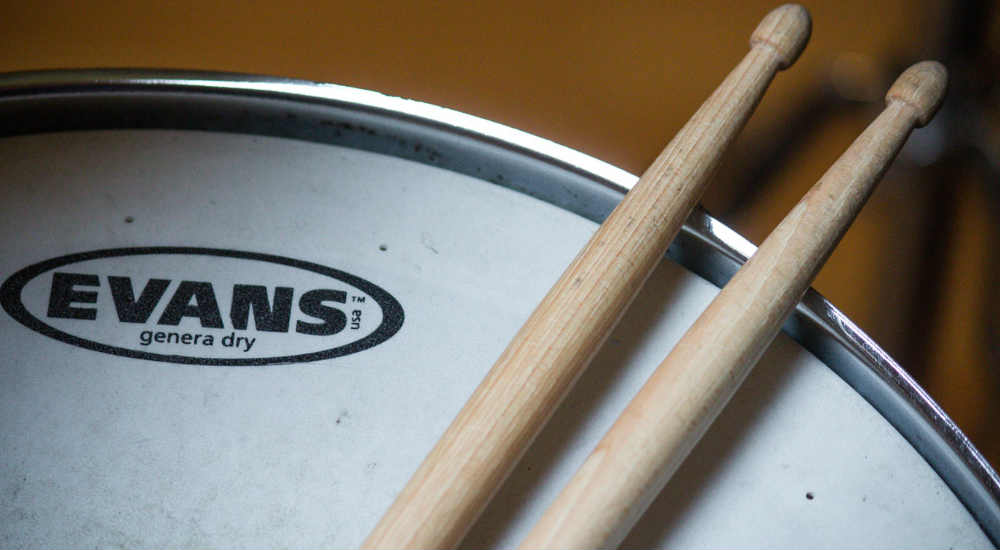Figures A and B show the two basic variations I come across most of the time. The first one has a heavy push on the ‘a’ of 1 and 3 on the snare drum. The second variation has the emphasis on the same ‘a’ of 1 and 3, but on the bass drum instead. These don’t take too long to get a feel for, and from here there’s a bunch of different ways you can interpret and expand on them – and since it’s pop music, anything goes. This isn’t a traditional, Latin-specific exercise today. As you’ll also notice, the basic framework is only two beats long and is repeated.
If you look at figures C through to F, you can see our two main motifs with basic hi-hat patterns added – both quarter notes and eighth notes. This gives you a nice feeling of where the groove sits and how you can feel it. From here, there are only very minimal alterations to the bass and snare parts, but the hi-hat can be a little freer, drawing influences from salsa and cascara patterns. There’s even a bit of rumba in there.
Figures G, H and I are centred around Figure B as the base. Figure G simply shifts the hi-hat to mimic the bass drum part, giving a very solid but spaced groove with a heap of room for variations later. Figure H starts to be influenced by the traditional cascara pattern – albeit only a section of it – but it really starts to add another element to the groove and emphasises the 16th subdivision a little more. Figure I is exactly the same as Figure H with the exception of a ghosted snare drum after the first bass drum. Again, a simple addition, but it adds some dynamics to the bottom part and further supports the 16th subdivision. Overall, these variations feel good and this helps the band to feel the groove, too.
Our last two figures are centred on Figure A as a base. Figure J again uses the cascara as an influence just like Figure H. The feel created is similar, but the snare drum part is ultimately the only main difference. Another point of difference, however, that really changes this groove is that I’ve added bass drums to give a ‘four on the floor’ feel – bass drum playing on all four beats. This creates more of a dance vibe at which point the hands can be freer to play around because you have such a strong ostinato happening in the feet. You could double the hi-hat in the left foot with the bass drum and play the hi-hat/right hand part on the ride cymbal or cowbell for example. The very last figure (K) is what I typically play for a rumba-type groove. It may not be 100 percent authentic, but it’s what was taught to me to play as the drummer. The percussionists in a salsa band will be playing other parts and this groove supports them. That said, in pop applications, it works really well. You can see the bass drum and snare drum parts carried over from Figure J, but we employ a ‘16th note alternating hands’ disco-type vibe on the hi-hat. The only difference is that instead of playing a back beat, we’re coming down to the snare drum on the ‘a’ of 1 and 3 and the ‘and’ of 2 and 4 as per the original reggaeton groove from Figure A.
These are simply my ideas taken from years of experimentation and working with other musicians. You can really muck around with these as the applications are not traditional, nor are you going to get into any trouble. That said, I’m definitely drawing on some Latin/salsa influences here. As mentioned, you could substitute the right hand to the ride cymbal, cowbell or even the side of the floor tom. Perhaps you could play the whole cascara pattern on the hats. You could be crazy and play a clave pattern with your left foot. As I said, there are options and no strict rules. Have fun!








